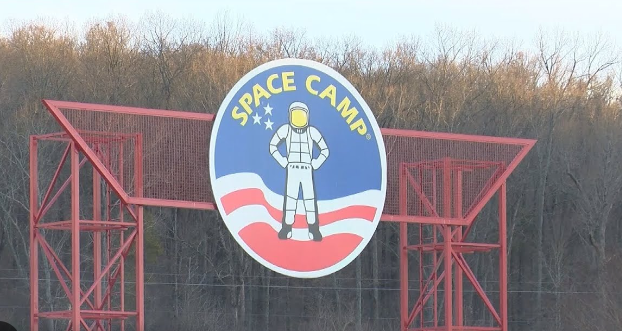Insider Brief:
- The U.S. Defense Advanced Research Projects Agency (DARPA) has announced its support for the development of a proposed “lunar railroad” to be led by Northrop Grumman.
- This initiative is part of DARPA’s 10-Year Lunar Architecture (LunA-10) Capability Study, which seeks to expand humanity’s economic reach into deep space.
- Northrop Grumman was one of fourteen companies selected to contribute to DARPA’s LunA-10 study along with SpaceX and Blue Origin.
In a move reminiscent of the American West’s transformative railroad era, the U.S. Defense Advanced Research Projects Agency (DARPA) is supporting a bold new concept: a lunar railroad network. Spearheaded by aerospace leader Northrop Grumman, this initiative aims to unlock the moon’s economic potential, much like railroads did for the frontier territories in the late 19th century.
According to Northrop Grumman’s recent press statement, the proposed lunar railroad network would serve as a vital conduit for transporting humans, supplies, and resources across the lunar surface. This ambitious endeavour is part of DARPA’s 10-Year Lunar Architecture (LunA-10) Capability Study, which seeks to expand humanity’s economic reach into deep space as reported by Yahoo! News.
Michael Nayak, program manager at DARPA’s Strategic Technology Office, highlighted the project’s significance, stating, “A large paradigm shift is coming in the next 10 years for the lunar economy.” Nayak emphasized the importance of identifying solutions that enable multi-mission lunar systems, envisioning technologies like wireless power stations that double as communication and navigation hubs.
Northrop Grumman was one of fourteen companies selected to contribute to DARPA’s LunA-10 study. SpaceX and Blue Origin were also selected.
In a recent statement, Northrop Grumman outlined the key objectives for its lunar railroad investigation:
1. Define the interfaces and resources necessary for constructing a lunar rail network.
2. Identify potential cost, technological, and logistical risks associated with the project.
3. Develop prototypes, demonstrations, and analyses for the concept design and architecture of a functional lunar rail system.
4. Explore robotics-driven concepts for constructing and operating the rail system, including tasks like grading, track placement, inspection, and maintenance.
As the aerospace industry sets its sights on the moon, projects like the lunar railroad represent a critical step toward establishing a sustainable space economy. With DARPA’s support and the ingenuity of industry leaders, the dream of a bustling lunar frontier may soon become a reality.
For more market insights, check out our latest space industry news here.
Share this article:








